Blog
Latest news from Museo del Jamón
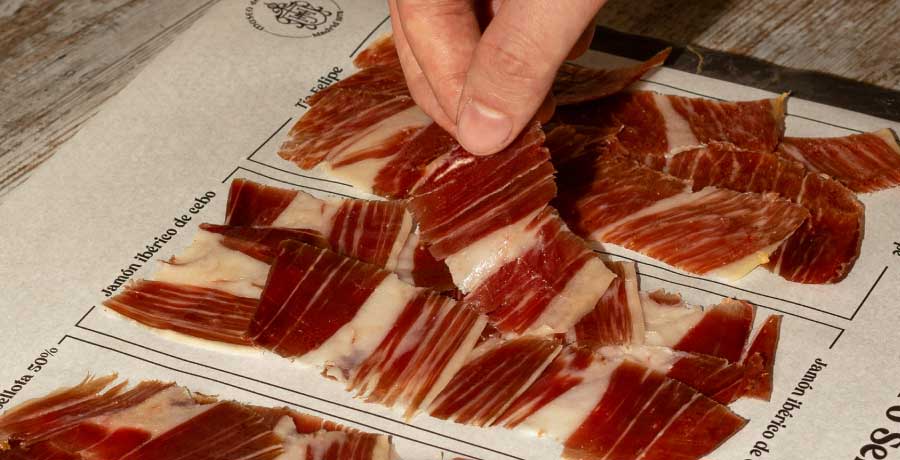
Iberian ham is the perfect choice for weddings, corporate events, and private celebrations. Its elegance, unmatched flavor, and versatility make it a guest favorite. At...

Iberian ham traces its origins to ancient Iberian and Roman traditions, evolving into Spain’s most iconic gastronomic symbol. Raised in the dehesa and fed on...
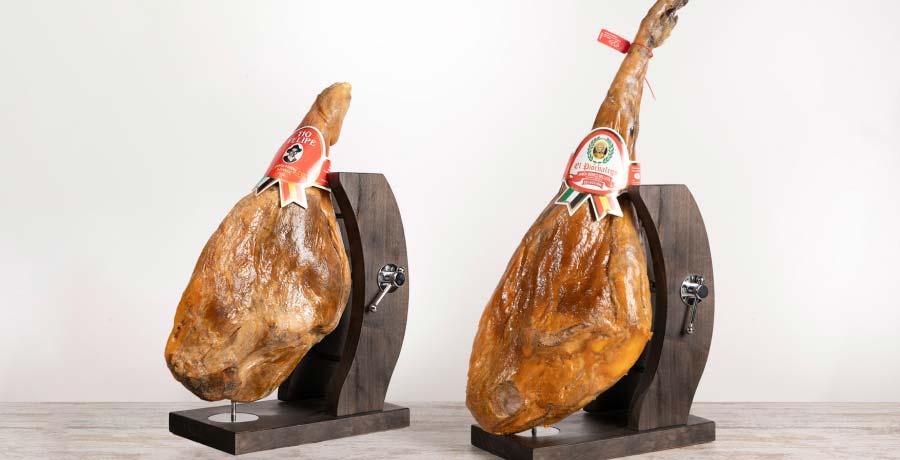
The main difference between Serrano and Iberian ham lies in the breed: Serrano comes from white pigs, while Iberian ham is exclusive to the Iberian...

Pairing Iberian ham with wine enhances its flavor and creates a unique gastronomic experience. Acorn-fed ham pairs best with Fino or Manzanilla, while young fruity...
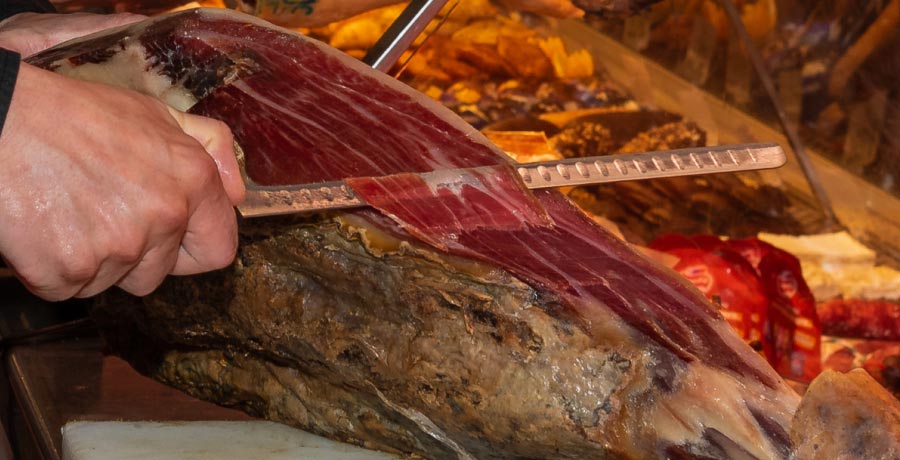
To store Iberian ham at home, keep whole pieces in a cool, dry, ventilated place (15–20ºC) covered with their own fat or a cotton cloth,...
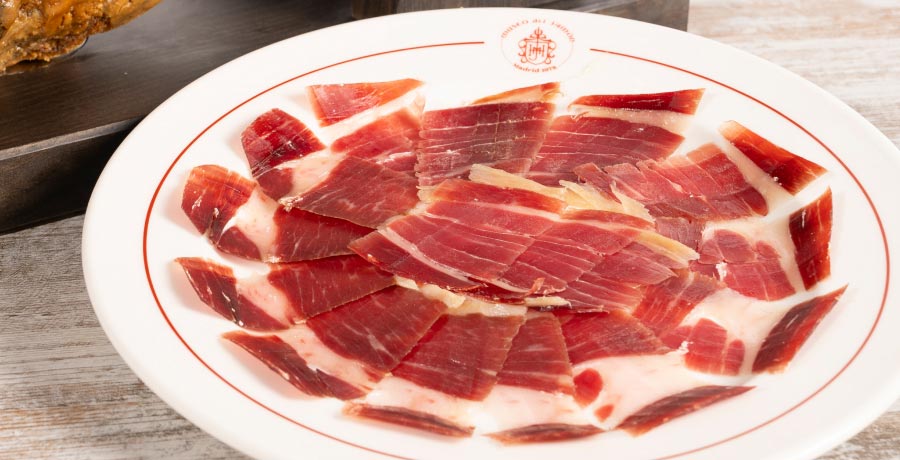
Iberian ham combines gourmet flavor with health benefits. Rich in high-quality protein, oleic acid, and essential minerals, it supports muscle health, regulates cholesterol, and promotes...
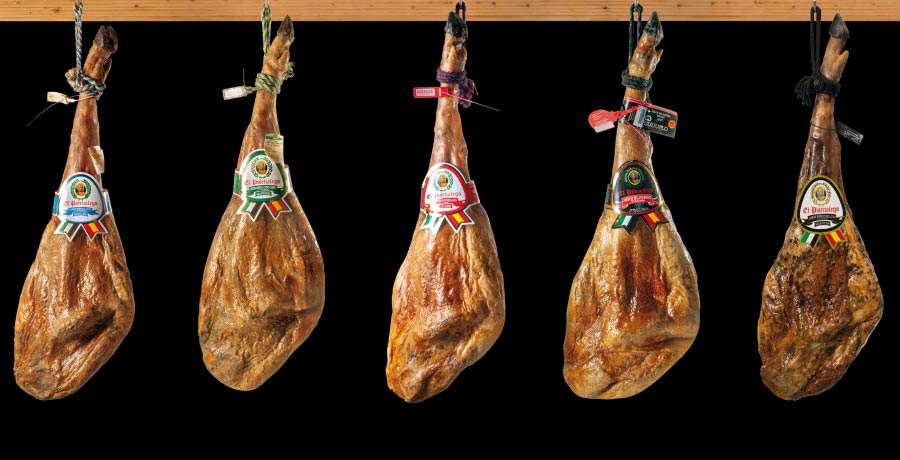
Choosing a good Iberian ham requires checking its label, breed percentage, and diet. Black label (100% acorn-fed) is the highest quality, followed by red, green,...
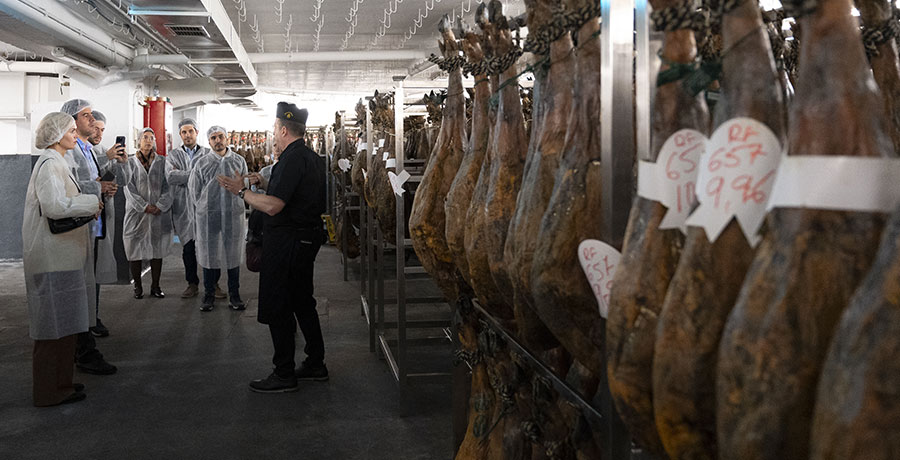
The curing process of Iberian ham is a traditional method that transforms fresh pork into a delicacy with unique flavor and aroma. It includes four...

The dehesa is a unique Mediterranean ecosystem in the Iberian Peninsula, combining holm oaks, cork oaks, and grasslands. It sustains biodiversity and traditional livestock, especially...
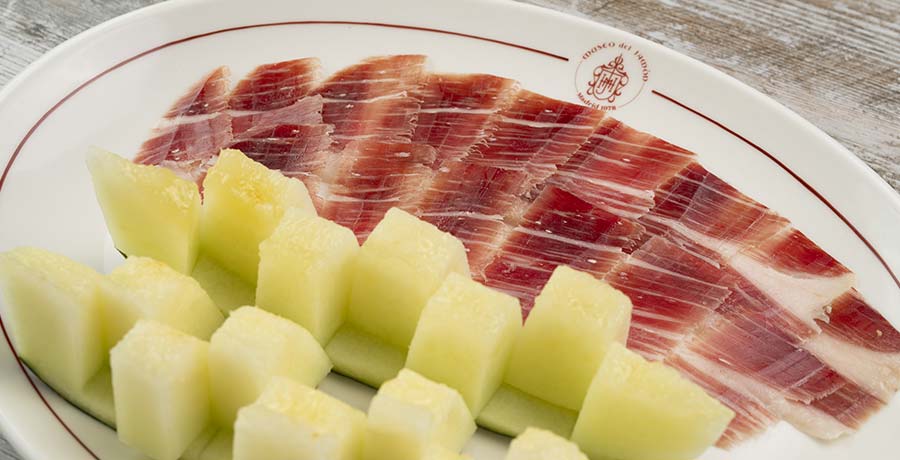
Traditional Spanish dishes with Iberian ham include croquettes, broken eggs with potatoes and ham, Cordoban salmorejo, ham with melon, and stuffed mushrooms. Each recipe highlights...
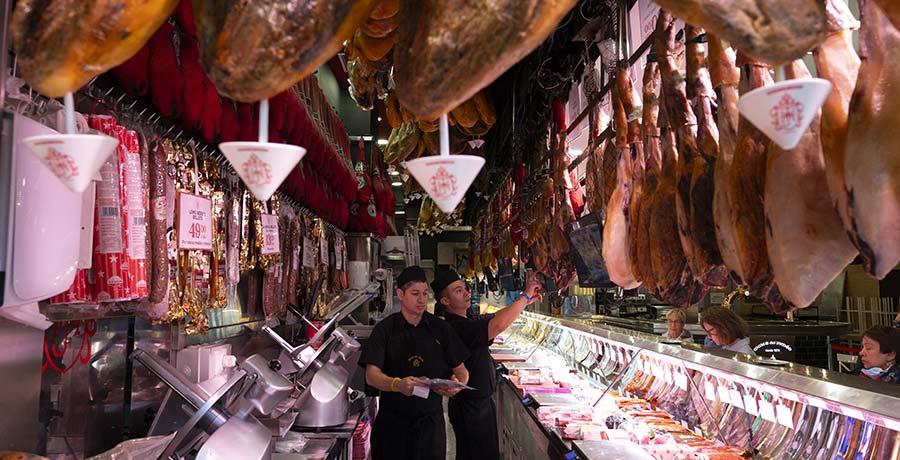
Types of Iberian ham are classified by diet and breed: 100% Iberian Bellota (black label), the most exclusive; Iberian Bellota (red label), from crossbred pigs...

Madrid offers endless activities: explore iconic museums like Prado, Reina Sofía and Thyssen; relax at El Retiro Park; visit landmarks such as the Royal Palace,...


